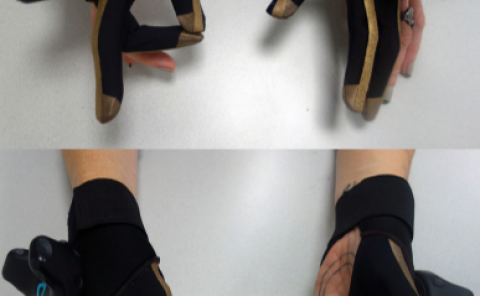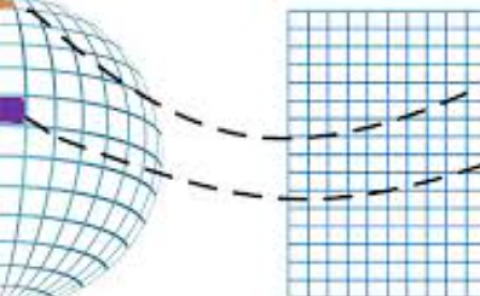Horizontal and Vertical Collaboration for VR Delivery in MEC-Enabled Small-Cell Networks
PubDate: Sep 2021
Teams: Zhuojia Gu, Hancheng Lu, Chenkai Zou
Writers: Zhuojia Gu, Hancheng Lu, Chenkai Zou
PDF: Horizontal and Vertical Collaboration for VR Delivery in MEC-Enabled Small-Cell Networks

Abstract
Due to the large bandwidth, low latency and computationally intensive features of virtual reality (VR) video applications, the current resource-constrained wireless and edge networks cannot meet the requirements of on-demand VR delivery. In this letter, we propose a joint horizontal and vertical collaboration architecture in mobile edge computing (MEC)-enabled small-cell networks for VR delivery. In the proposed architecture, multiple MEC servers can jointly provide VR head-mounted devices (HMDs) with edge caching and viewpoint computation services, while the computation tasks can also be performed at HMDs or on the cloud. Power allocation at base stations (BSs) is considered in coordination with horizontal collaboration (HC) and vertical collaboration (VC) of MEC servers to obtain lower end-to-end latency of VR delivery. A joint caching, power allocation and task offloading problem is then formulated, and a discrete branch-reduce-and-bound (DBRB) algorithm inspired by monotone optimization is proposed to effectively solve the problem. Simulation results demonstrate the advantage of the proposed architecture and algorithm in terms of existing ones.


